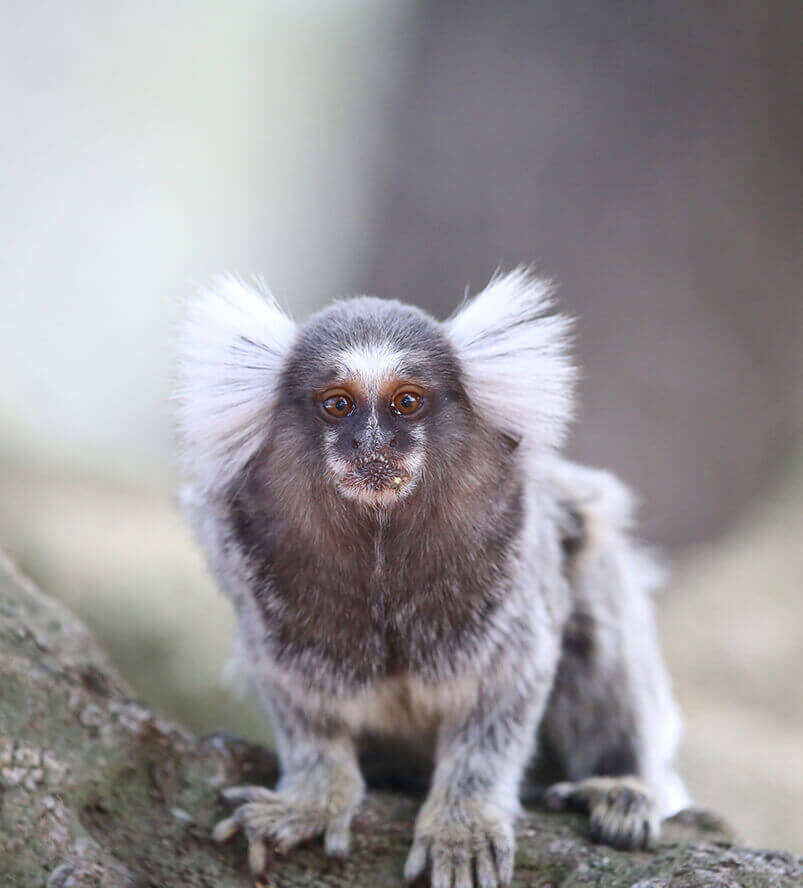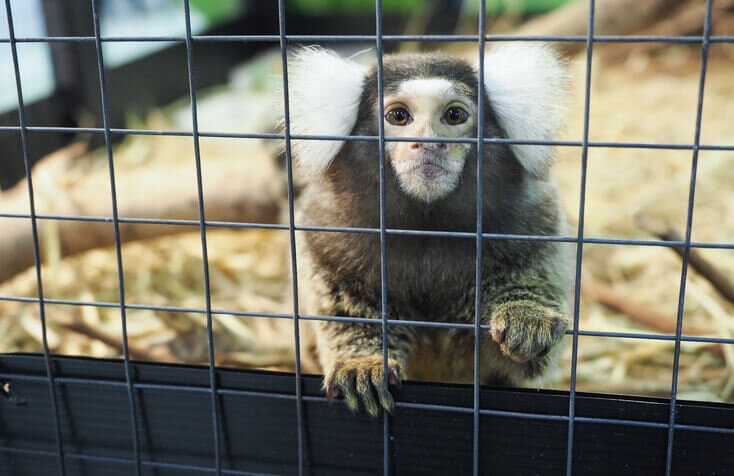
Supporting and promoting the marmoset model in biomedical research.
The marmoset model provides a unique opportunity for generating scientific breakthroughs that translate to understanding human health and disease.

WHITE PAPERS
How current marmoset research relates to the NIH’s mission and the missions of individual ICs

Marmoset Research News
Brain/MINDS is a national brain project started by Japan in 2014.
Understanding the connectivity architecture of entire vertebrate brains is a fundamental but difficult task.
Cognitive control often requires suppression of prepotent stimulus-driven responses in favor of less potent alternatives.
Marmosets have attracted significant interest in the life sciences.
Humans exhibit a high level of vocal plasticity in speech production, which allows us to acquire both native and foreign languages and dialects, and adapt to local accents in social communication.
The common marmoset has been valuable as a primate model in biomedical research.
Psychological disorders and the brain mechanisms underlying them are a central focus in biomedical research.
Article published on Neuroscience News & Research, Mar 02, 2020
The hippocampus comprises two neural signals—place cells and θ oscillations—that contribute to facets of spatial navigation.
Interest in the common marmoset as a nonhuman primate aging model is growing.
Researchers have used the gene-editing tool CRISPR to disable MECP2, the gene mutated in Rett syndrome, in marmoset embryos.
Optogenetics is now a fundamental tool for investigating the relationship between neuronal activity and behavior.
An investigation of brain electrographic activity in freely behaving marmosets before and after cortical penetrating wound.
















